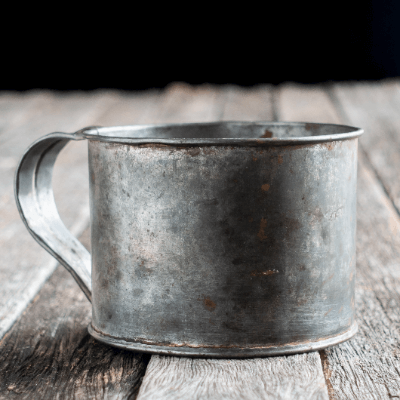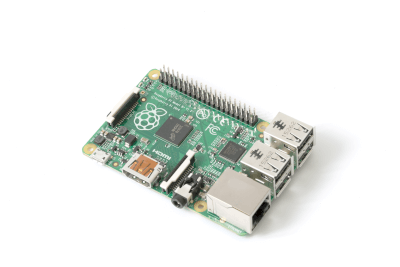What Is Tin Plate?
 Tin Plate is a low carbon steel sheet with tin plating.
Tin Plate is a low carbon steel sheet with tin plating.
It has a beautiful surface and is suitable for welding and soldering, but the tin plated surface is soft, easily scratched and stained. Rust may also occur in high humidity environments.
Uses of Tin Plates
Tin Plate is mainly used for the following applications:
1. Food Canning
Food cans such as tomato cans, corn cans, bean cans, etc. are examples.
2. Food Storage Cans
Tins used to store cookies, coffee beans and flour, tea, etc.
3. Electrical Components
Switches, terminal blocks, and connectors are examples. A terminal block is a device used to connect multiple wires together in an electrical circuit. It usually has a metal base with multiple points of contact (terminals) to which multiple wires can be connected.
4. Toys
Bicycles, tricycles, model trains, miniature cars, etc.
5. Oil Storage Cans
Kerosene cans, gasoline cans, lubricating oil cans, etc.
6. Miscellaneous Goods and Stationery
Pen cases, staplers, etc.
Properties of Tin Plates
1. Rust-Resistant
Tin plating has excellent corrosion resistance and prevents the formation of rust. Tin does not dissolve easily in water, and as long as the tin plating does not peel off, it can prevent oxidation of iron. However, if the tin plating peels off and the iron comes into contact with water, the iron will dissolve into the water and rust the iron because iron has a greater ionization tendency than tin.
Ionization tendency refers to how easily an element loses electrons when it becomes an ion, i.e., its tendency to give up electrons when it forms an ion. The greater the ionization tendency, the more easily the element loses electrons and tends to produce stronger cations.
2. Beautiful Surface
Tin plating allows tin to be plated evenly on the steel sheet surface, resulting in a smooth surface. Tin also reflects light well, resulting in a beautifully shining finish.
3. Suitable for Welding and Soldering
The tin coating is a mixture of iron and tin, which makes it easy to weld and solder. Since the tin plating layer is a mixture of iron and tin, when welded or soldered, the metals mix and connect with each other to form a strong bonding surface.
Soldering is a method of joining metal parts together using an alloy called solder. Solder is generally composed of metals such as tin (Sn), copper (Cu), silver (Ag), and lead (Pb), which have a low melting point and can be heated to melt to form a metal-to-metal bond.
Solder is generally an alloy of tin (Sn) and lead (Pb). However, lead-free solder is now widely used due to environmental and health concerns. Lead-free solder is an alloy made mainly from metals such as tin (Sn), silver (Ag), and copper (Cu) and does not contain lead.
4. Corrosion Resistance
Tin Plate is a low-carbon steel sheet with a tin-plated surface treatment. The tin-plated film is a mixture of iron and tin, and the strength of the tin-plated layer is enhanced by the mixture of iron and tin.
The tin plating layer makes the surface of tin plate more resistant than iron to chemicals such as moisture, oxygen, acidity, and alkalinity. In particular, it prevents oxidation and corrosion caused by chemicals present in the air, such as moisture and oxygen, and prevents surface rusting. Tin plate is also resistant to corrosive chemicals such as acidic and alkaline chemicals, making it a highly durable material.
5. Functions as a Solid Lubricant
Tin Plate’s tin-plated layer makes the surface slippery and smooth, improving the workability of steel sheets. It is especially suitable for mass production such as press work.
Other Information on Tin Plate
1. Resistance to Chemical Substances
The layer of tin plate is more resistant to chemicals such as moisture, oxygen, acidity, and alkalinity than iron, making it a durable material. However, contact with some chemicals can cause discoloration or deterioration of tin plate’s surface.
For example, it should be noted that the tin plating layer of tin plate may not withstand strong acids such as hydrochloric acid and nitric acid. Exposure to hydrochloric or nitric acid can corrode the tinned layer, causing holes or peeling on the surface.
It should also be noted that exposure to alkaline substances may cause the surface tinned layer to discolor or swell. For example, strongly alkaline substances such as sodium hydroxide or ammonia water may adversely affect the tin plating layer on tin plate.
2. Rust Formation
Although tin plating has excellent corrosion resistance and is effective in preventing the formation of rust, rust may occur if the tin plating layer is used in a high humidity environment or if the tin plating layer is removed and the iron comes into contact with water.
Moisture tends to adhere to the surface in high-humidity environments, and when moisture adheres to the surface, gaps are created in the tin-plated layer on the surface, which may expose the iron. Exposure of iron promotes the formation of rust and rusting.
It is also important to note that even if the tin-plated layer peels off, the iron may come into contact with water, causing rust to form. The tin plating layer can peel off when the tin plating is exposed to impact or abrasion, or when the surface is damaged during the tinning process. If the tin-plated layer peels off, a gap is created on the surface, exposing the iron, which may oxidize and cause rust when exposed to water.


 Tin Plate is a low
Tin Plate is a low